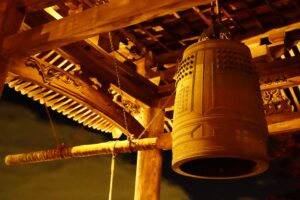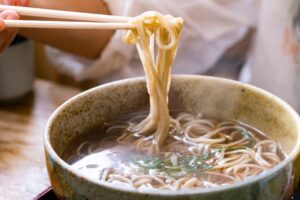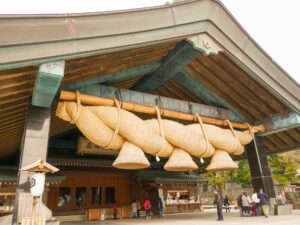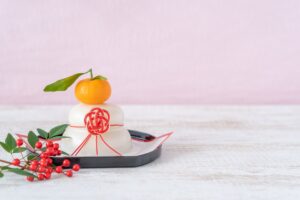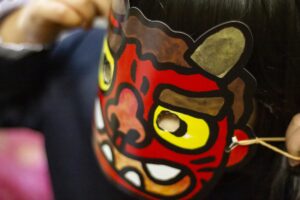Chopsticks in Japan are more than just tools for eating; they represent deep-rooted traditions and cultural values. Understanding the proper way to use chopsticks is essential, especially for travelers, food enthusiasts, or anyone who wishes to show respect while dining in Japan. In this guide, we’ll explore the essential rules and cultural significance of Japanese chopstick etiquette, along with tips to avoid common mistakes.
Introduction to Japanese Chopstick Etiquette
Chopsticks, known as hashi in Japan, have been an integral part of Japanese dining culture for centuries. They symbolize not only a tool for eating but also a representation of Japanese manners and respect. Historically, chopsticks were used in Shinto rituals and gradually became a part of everyday life. Today, mastering chopstick etiquette is a reflection of one’s understanding of Japanese customs, showing respect to the hosts and fellow diners. Observing proper chopstick etiquette is crucial, especially when dining in formal settings or at traditional Japanese meals such as kaiseki.
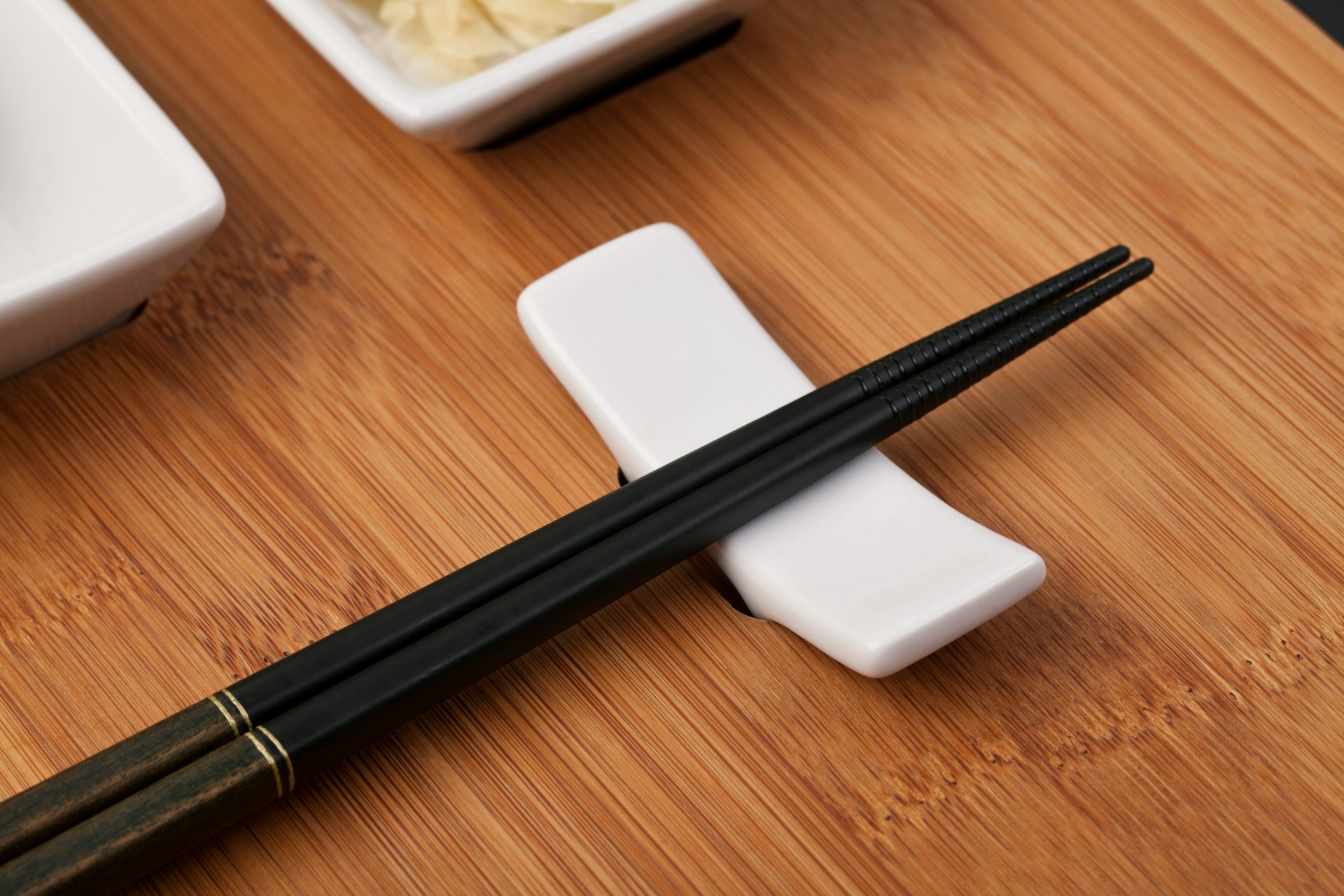
Basic Rules for Using Chopsticks
There are specific rules for handling chopsticks in Japan, and following them is important to avoid unintentional disrespect. Here’s a breakdown of the key rules you need to follow:
How to Hold Chopsticks Correctly
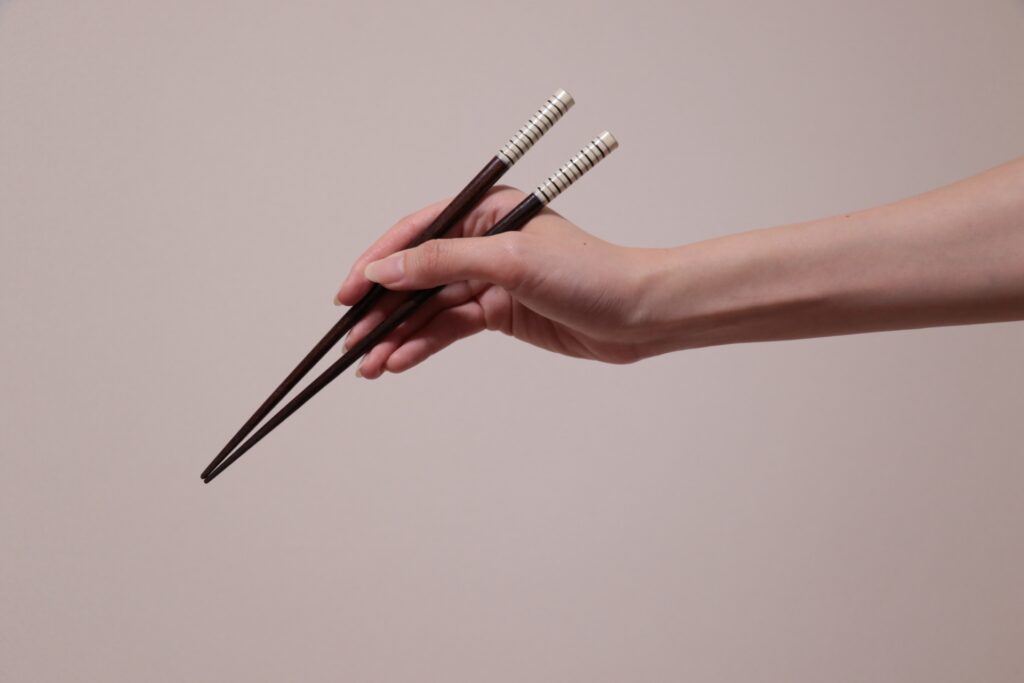
To properly hold chopsticks, rest one stick between the base of your thumb and your ring finger. The second stick is held like a pencil, using your thumb, index, and middle fingers. Move only the top chopstick when picking up food, while the bottom chopstick remains stationary. A common mistake beginners make is moving both sticks, which makes it difficult to grasp food. Practice is essential, as mastering this can greatly enhance your dining experience.
Actions to Avoid with Chopsticks
There are several actions to avoid when using chopsticks in Japan:
- Pointing with chopsticks: This is considered impolite, as pointing at someone is generally rude.
- Passing food from chopstick to chopstick: This action mimics a funeral practice in Japan, where bones are passed between family members using chopsticks. As a result, this is highly inappropriate during meals.
- Sticking chopsticks upright in rice: Another gesture related to funerals, sticking chopsticks upright in rice resembles offerings made to the deceased. Avoid doing this at all costs.
Advanced Chopstick Etiquette in Formal Dining
In formal dining settings such as kaiseki meals or tea ceremonies, chopstick etiquette becomes even more nuanced.
Using Chopstick Rests and Signaling Completion

Chopstick rests, known as hashioki, are commonly used in formal meals. Place your chopsticks horizontally on the rest when not in use. If no rest is provided, you may rest them on the edge of your plate. To signal that you’ve finished eating, place your chopsticks neatly across the plate or bowl. In some cases, chopsticks can be placed back inside the paper sleeve if it was provided at the start of the meal. Crossing them or placing them haphazardly is seen as disrespectful.
Chopstick Etiquette in Different Settings
Chopstick etiquette can vary depending on the dining setting. Whether you are at a restaurant, someone’s home, or participating in a festival, it’s essential to adjust accordingly.
Dining in Restaurants vs Homes
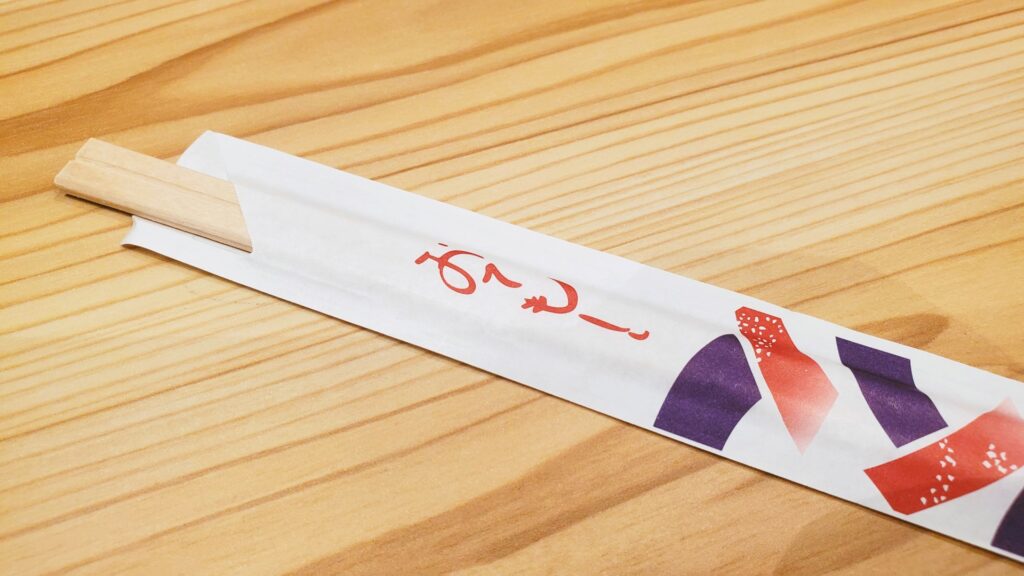
When dining in a Japanese restaurant, it’s common to be provided with disposable chopsticks (waribashi). However, in someone’s home, you’ll often use reusable chopsticks. In restaurants, it’s polite to return disposable chopsticks to the wrapper when you’re done. At home, you may be offered a special pair of chopsticks, which you should handle with care and respect.
Chopstick Etiquette During Festivals and Special Occasions

During special occasions or festivals, such as New Year’s, chopsticks play a symbolic role. For example, during Osechi Ryori, the traditional New Year’s meal, special festive chopsticks may be used. Handling these with respect is crucial, as they often have cultural significance tied to prosperity and good fortune.
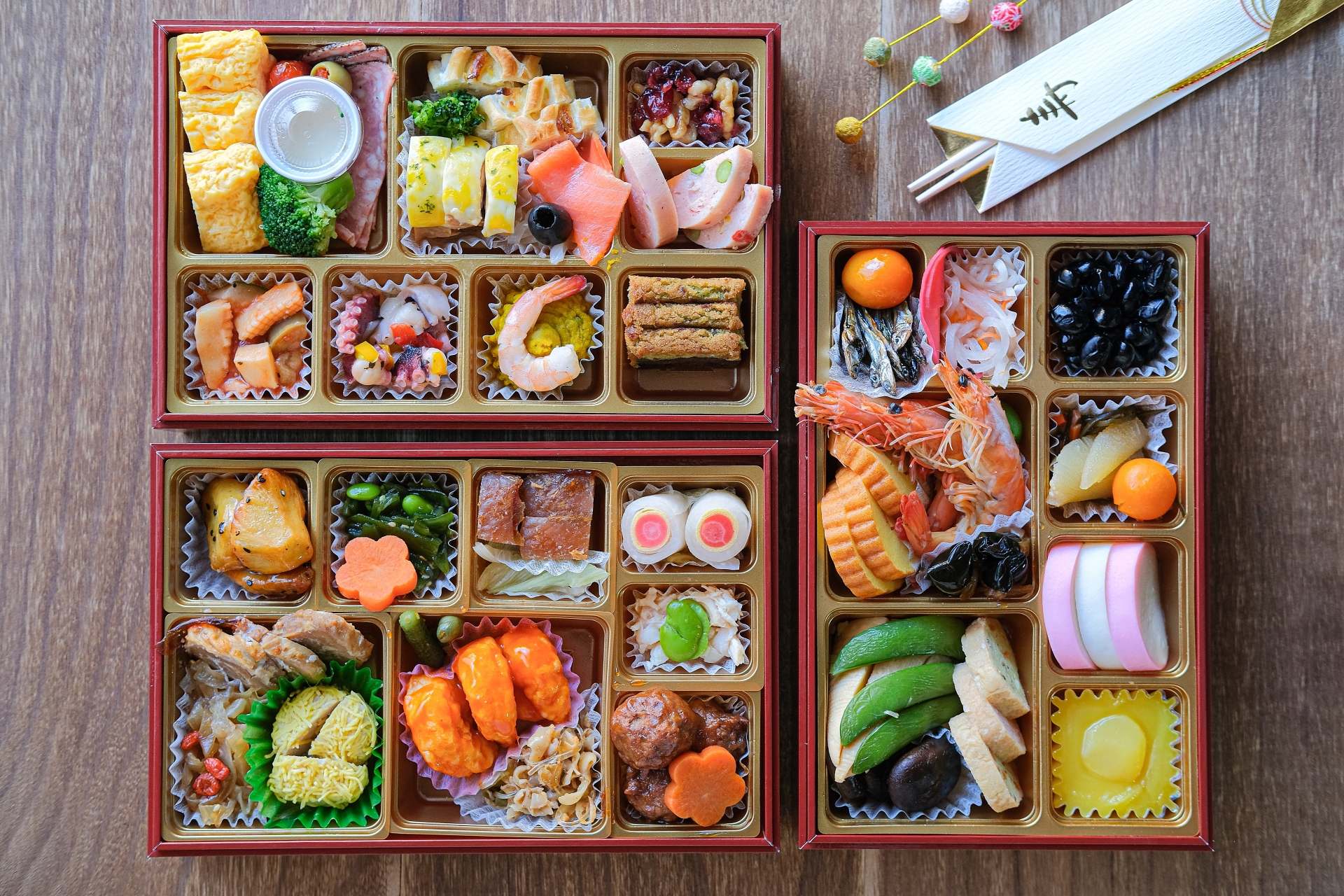
The Cultural Significance of Chopsticks in Japan
Chopsticks carry cultural and symbolic meanings in Japan. Their usage is deeply tied to respect and tradition, and improper handling can have significant cultural implications.
Symbolism Behind Chopstick Etiquette
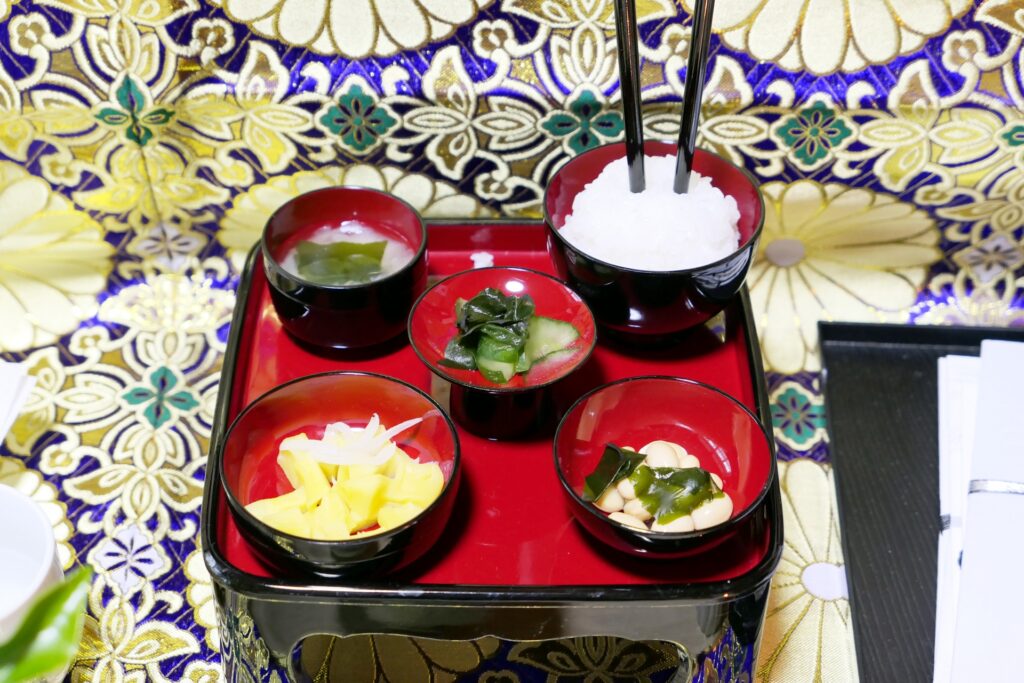
Certain taboos, such as sticking chopsticks vertically in rice or passing food between chopsticks, are directly linked to Japanese funerary practices. In Japanese funerals, chopsticks are used to handle bones after cremation, which is why such actions are considered deeply offensive in a dining context. Understanding these symbolic meanings can help prevent unintentional disrespect.
Modern Environmental Considerations: Disposable vs Reusable Chopsticks
In recent years, Japan has shifted its focus toward environmental sustainability in relation to chopstick use.
The Impact of Waribashi (Disposable Chopsticks) on the Environment
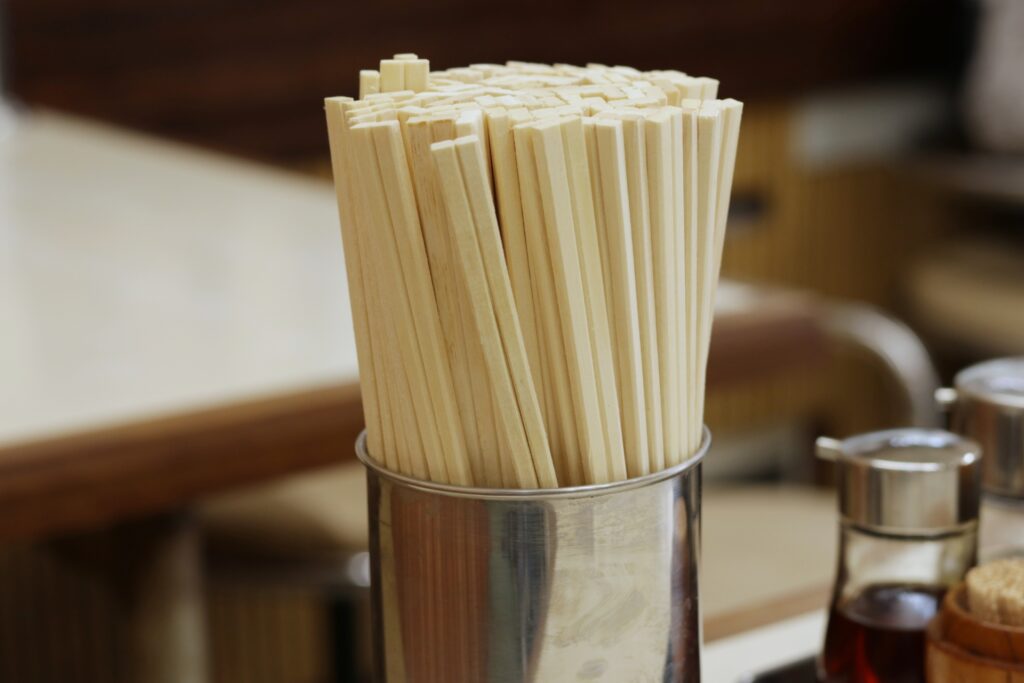
Disposable chopsticks, or waribashi, are often made from wood or bamboo, and Japan produces billions of them annually. The environmental impact has led to efforts to reduce their usage in favor of reusable chopsticks. Many restaurants now encourage patrons to bring their own chopsticks, a practice known as my-hashi.
Reusable Chopsticks and Sustainability
As awareness of environmental issues grows, reusable chopsticks have become more common in Japan. These chopsticks are not only environmentally friendly but also carry cultural value, as they often feature intricate designs and are made from high-quality materials. Using reusable chopsticks is seen as a respectful and responsible choice in modern Japan.




